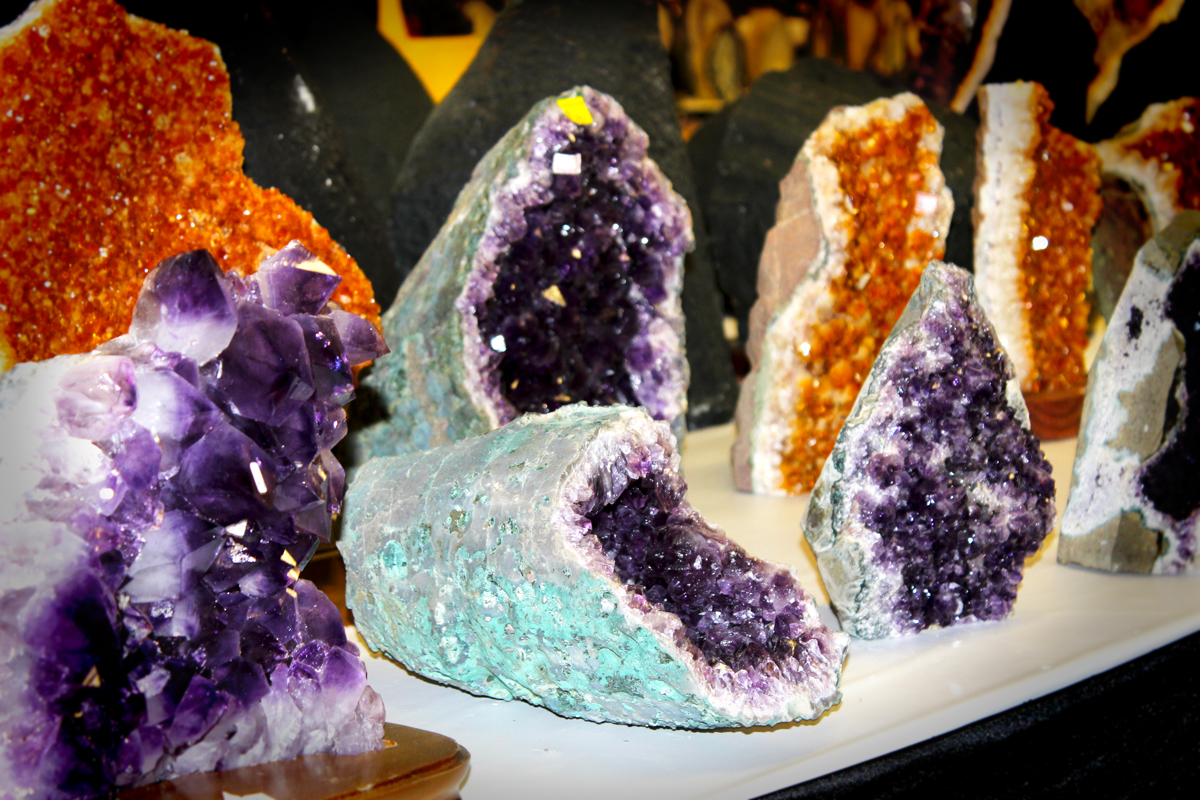Many moons ago I posted a pattern to make a
simple knitted satchel bag. I always intended to show how I finished it off and I'm sorry it's been so long!
These methods could in theory be used for any sort of bag, particularly one of a soft material that will stretch when the bag is filled. Unfortunately though, the photos I took for the first steps have disappeared. I blame goblins in the camera deleting them from the SD card. It is, after all, the only logical explanation... So apologies, but you will have to cope with me explaining what to do. I would suggest though you read through the whole thing and sketch out a design to work out quantities of materials.
Materials for bag liner
- Felt- amount will depend on what you bag size is.
- Plastic canvas (the hole size doesn't matter- I used it because it is a lightweight, flexible material that can be cut easily)
- Ribbon (a little narrower than the thickness of your bag)
- D rings
- Sewing thread and either a sewing machine or needles to hand sew
Method
Note, the sizes I give throughout are only for an example bag so you can see what I mean with dimensions. You will want to measure your own bag and work out sizes based on what you want!
The first step is to cut two pieces of plastic canvas to about 1cm smaller than the interior of your bag. For example, if your bag is 27 x 15cm , you want your canvas to be 26 x 14 cm. Then cut four pieces of felt to the exact size of your bag interior (27 x 15cm in the example I'm using).
Centre the plastic canvas on one piece of felt and lay a second piece on top. Sew around all four sides to secure the canvas inside. This will give your bag its structure. Do the same for the other side.
Now for the design part. The exact style of the bag liner is entirely up to you. At the most basic level, what you are aiming for is to make a simple box, open on one end. But you can customise it however you like. In the picture below, you can see that I've added some pockets (sew these onto the felt before you sew the piece to the plastic canvas if you want to machine sew things together). I've also added a large piece of felt to act as a large pocket. Just remember that if you are making a pocket for something thick (pen etc) that you take that into account. For the pen holders for instance, I sewed one side, then moved the felt so there was extra material on the pocket side to have room for the pen. It's hard to explain, but basically just don't have both pieces of felt flat against each other or your pocket will only be able to hold thin objects.

When you have a idea of what you want, you'll need two small rectangles to act as the sides of the bag (the same height as the bag and however wide you want the bag to be. 15 x 5cm in my example. Another piece of felt will be the base and be the length of the bag by the width. 27 cm x 5cm.
Sew all the sides together to make the liner (see the picture above).
Now to put it into the bag itself. There are two options. You could just place it inside the bag and secure it with a few stitches if you felt like it. But I felt that this would place all the weight against the bottom of the bag when filled, and the stitching would stretch out. Instead, I've done something a little different.
Take the ribbon and wrap in around the outside of your liner. What this is going to do is support the weight of the contents. You can secure the ribbon with a few stitches at each seam if you wish but I didn't bother.
Now place the liner into the knitted bag and bring the ribbon up to each side. Thread the ribbon through the D ring and stitch securely. All the weight of the bag is now going to be carried by the ribbon into the D ring (and strap/handle) directly. This means, no stretchy bag! I also stitched (seperately) the sides of the knitted bag to the ribbon to hold things together.
Now all you have to do is the finishing touches. I made a handle from left over yarn using a lucet, but the options are endless. I also stitched the knitted bag to the liner all around to prevent the knitted edges from curling away and looking messy.
 |
| The finished bag |
Hope you find this useful. Do let me know if you try this. Comments make me happy :D
















